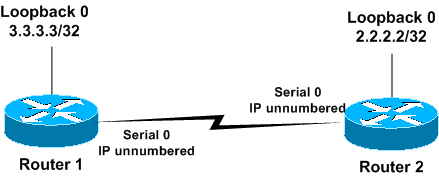

If you only have 2 wires over a longer distance than TCP/IP can go without power, say like on a long boat, then, you may be able to fool twin/dual dial-up modems to handshake over those wires like they would over a normal POTS system.

Check the links he provided youīoth of these protocols were used to encapsulate TCP/IP over a long distance serial feed and were common place in the early dial-up modem internet days. Computers really can do it, Espen Harlinn pointed it out. In conclusion, I don't see any solution for you without using intermediate Hardware I just use one serial and one ethernet cable (and sometimes one adapter to make the serial Null-Modem) at work. You can run different types of transmision through the same cable. If you need to connect several elements that use a different protocol you need to use a Slave-Master to translate from one to another.Īnd I also agree with Andy411, the RS232 is the type of connector, not the protocol. You are stuck with it for that port / interface. The PLCs have different built-in interfaces that can be configured in one or another of those protocols, but once you configure which protocol are you going to use. Each Slave is optimized to use one comunication protocol (CAN, MPI, PPI, Profibus, Profinet, TCP/IP.). In the industry world, there is quite a common practice to have slaves of any kind connected to a PC or a PLC.


 0 kommentar(er)
0 kommentar(er)
